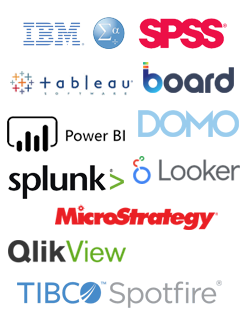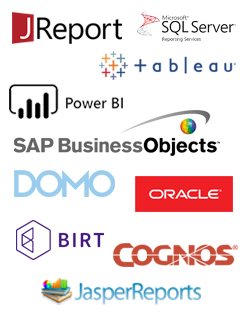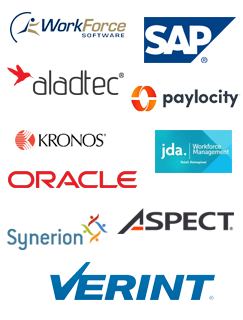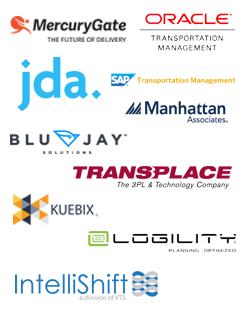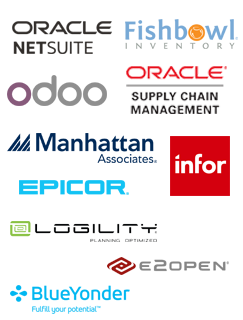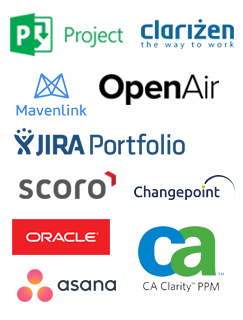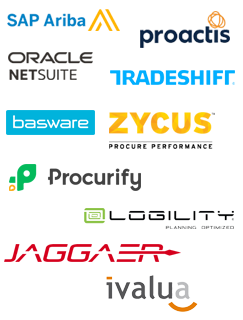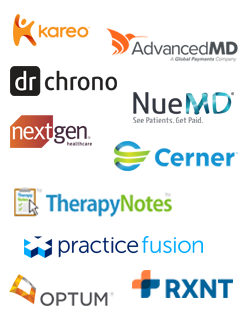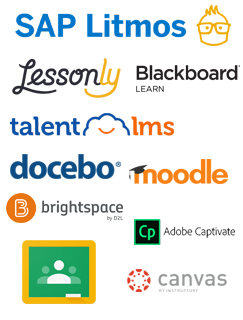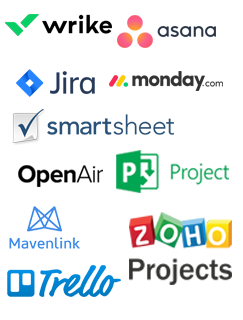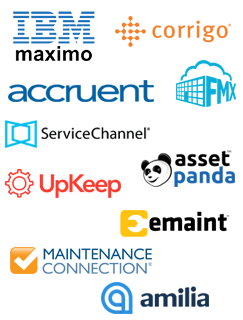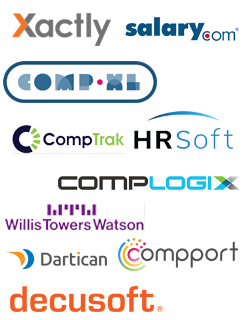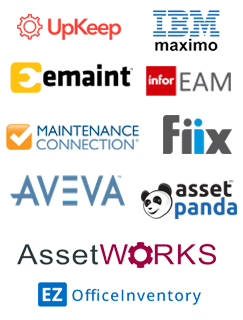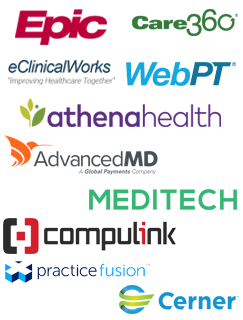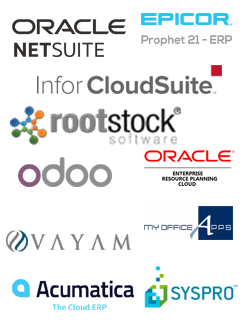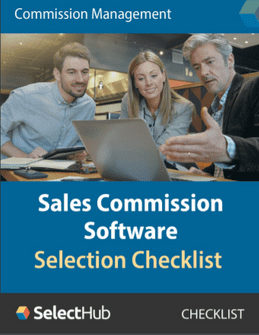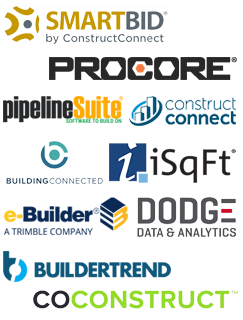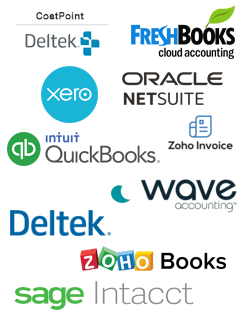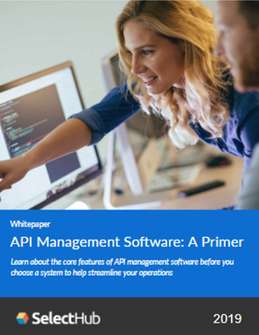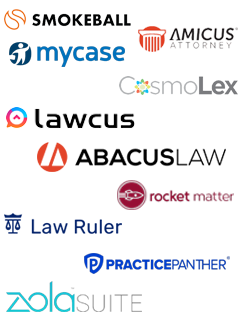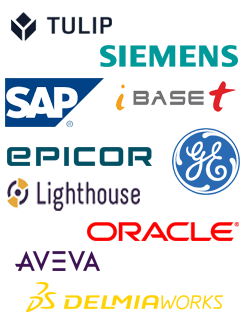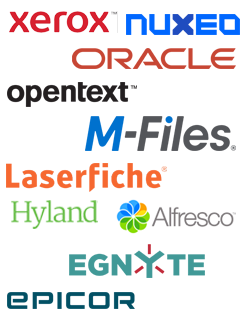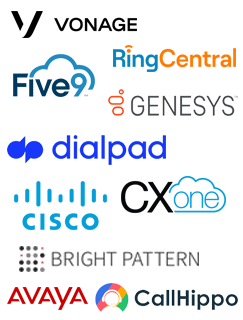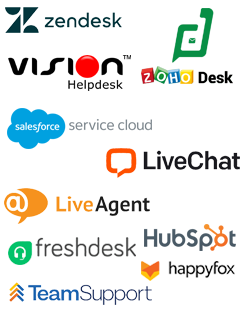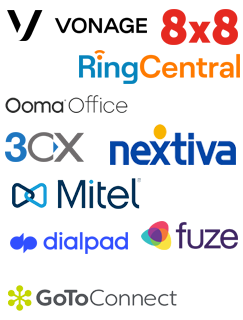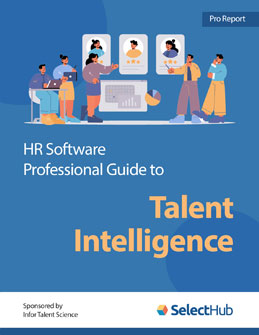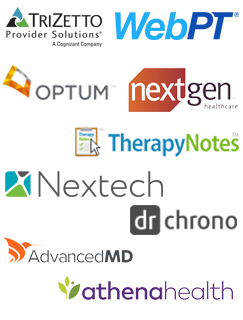Business intelligence software like Power BI Desktop is perpetually free but limited in functionality — you can create content but not share it with others unless you get a Pro or Premium license. But which one? This article breaks down the Power BI Pro vs. Premium comparison.
The discussion includes the Premium Per User (PPU) license, which offers all the Pro capabilities and Premium benefits at the user level.
Compare Power BI Against BI Software Leaders

What This Article Covers
- What Is Power BI?
- Do I Need Power BI Pro With Premium?
- Power BI Pro: Benefits, Features, Pricing
- Power BI Premium: Benefits, Features, Pricing
- Premium Per User (PPU) License
- Next Steps
What Is Power BI?
Power BI is a cloud-based software suite that provides business intelligence for decision support through data visualization and analysis. Only the Desktop version allows building reports that you can publish to the Power BI Service.
The reports reside there but aren’t shareable with users unless you choose to do so using the Pro or Premium license.
With Power BI Pro, business analysts and data professionals can share content exclusively with other Pro users and consume the content they create. It’s a single-user license — you need as many licenses as there are report creators and consumers.
You get up to 10 GB of storage per license, with individual files capped at 1 GB. Access to shared workspaces is available out of the box.
Power BI Premium is a license for the organization’s content, including datasets, reports and dashboards, available in shared and Premium workspaces. You get dedicated computing with up to 100 TB of storage, enabling working with up to 50 GB of data.
Do I Need Power BI Pro With Premium?
In the Power BI Pro vs. Premium comparison, there is no per-user cost associated with the Premium subscription. But, you may need Pro licenses to create and share reports and dashboards with specific users who aren’t part of your organization.
Is your business size too small for a Premium license? Invest in individual Pro licenses.
Need greater capacity than what Pro can give you? Get a Premium Per User (PPU) license, which is, in effect, “Power BI Pro with Premium.” More on it ahead.
Power BI Pro
You can access all supported on-premises and cloud data sources with a Pro license. Use shared workspaces in the Power BI Service and create App workspaces.
Analyze data in Excel or Power BI Desktop, create personal dashboards and embed them into SharePoint, PowerApps and Teams. Power BI uses Microsoft-assigned keys to encrypt data at rest and in process.
Primary Benefits
These advantages are common to Pro and Premium.
- Build Content: Create reports and visualizations by connecting to more than 100 sources and embedding APIs and controls. Stay connected with the latest information with scheduled data refresh.
- Tell Data Stories: Add live data from Power BI reports to presentations — it offers a PowerPoint add-in. Answer questions without switching context by drilling down into data.
- Monitor Usage: Track which users and groups use Power BI the most with activity metrics. Gain insights into how people use the solution from the admin settings.
- Localize: The Power BI Service supports 44 languages. These include Arabic, Chinese (Simplified and Traditional), Spanish, English, French, German, Hebrew, Japanese, Korean, Portuguese (Brazil and Portugal) and Russian.
- Get Mobile Insight: Focus on what’s important while out of the office — utilize the Power BI Mobile App. Access on-premises data, scan barcodes and QR codes and ask questions with the Q&A virtual assistant. Annotate and share reports and visualizations and set notification alerts.
- AI Support: Artificial intelligence powers visuals, including key influencers and decomposition trees and smart narratives, anomaly detection, clustering, forecasting, Q&A and Quick Insights. AutoML, AzureML, CognitiveServices and R/Python transformations are AI enrichment capabilities.
Key Features
Machine learning applications include revealing key KPI drivers and tracking data changes. AI algorithms present your data from new perspectives by unearthing hidden trends and patterns in a no-code, intuitive environment.
The AI features mentioned here are common to the Pro and Premium versions.
- Key Influencers: Understand critical drivers of specific metrics based on user data analysis and factor ranking, which Power BI displays as the key influencers.
- Decomposition Tree: Perform ad hoc exploration and root cause analysis by drilling down into multiple data dimensions in any order. The system automatically aggregates the data and highlights the highest and lowest contributing measures. This feature is specific to Power BI.
- Q&A: Explore business information in everyday language and get the answers as best-fit charts and graphs. Instruct the Q&A module to add a visual to the answers or choose from its recommendations if the requested visual isn’t possible for that dataset.

Q&A displays the best visualization that fits the answer. Source
- Distribution Change: Analyze the dataset distribution for sub-categories like different sales channels, product categories and periods. View the change in distribution within the same window for a clear comparison.
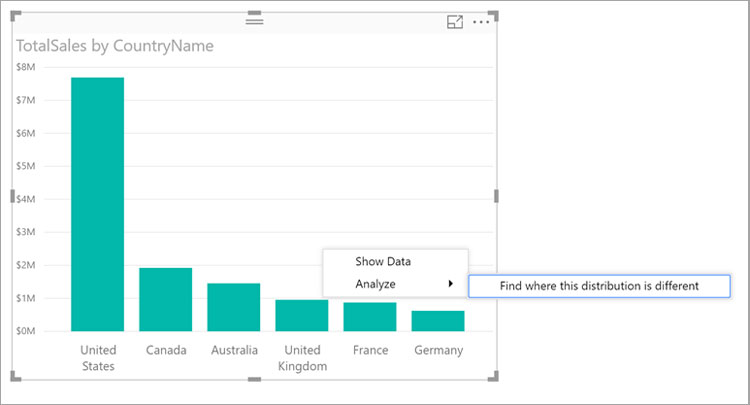
Get automated insights about distribution changes through Power BI’s Analyze feature. Source
Applications
If more users in your organization are report creators, you need Pro licenses for each. An additional Premium license allows them to open the content to everyone, including free users, enabling a more widespread distribution.
Limitations
In the Power BI Pro vs. Premium comparison, Pro lags in storage, content sharing and AI capabilities.
- Need to buy individual licenses for every user.
- Doesn’t allow more than eight refreshes per day per dataset.
- It isn’t flexible in addressing big data needs as it restricts data model size to 1 GB.
- Doesn’t allow more than 10 GB of storage. Opting for multiple Pro licenses is one way to boost storage equivalent to 10GB multiplied by the number of licenses.
- Doesn’t permit consuming or collaborating on reports unless you have a Pro license.
- Doesn’t provide text analytics and machine learning (ML). However, some AI visuals, like Q&A, Smart Narrative and Key Influencers, are available.
Pricing
Power BI Pro is included in Microsoft 365 E5 and has the same license lifecycle. It’s available for self-service purchase and in the Microsoft admin center for $9.99 per month.
Power BI Premium
With the Premium license, you can consume reports and dashboards on your organization’s portal and mobile apps. It enables data analysis and visualization with AI, reusable data workflows and paginated report creation. You can access a Power BI Report Server and the latest embedded analytics capabilities.
Microsoft offers an intermediate solution — a per-user pricing model with Premium capabilities, Premium Per User (PPU), priced slightly higher than Pro. And it is as good as it sounds — you can opt for a capacity-based or per-user Premium subscription.
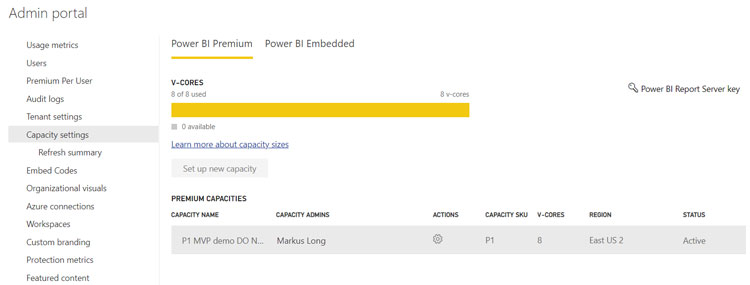
Power BI Premium and Embedded capacities provide dedicated resources for your content. Source
We expand the Power BI Pro vs. Premium comparison to include the Pro version here.
| Capacity | Shared/Premium Workspaces | |
|---|---|---|
| Pro | 10 GB | Shared |
| Per-user PPU | 100 TB | Shared and Premium |
| Capacity-based PPU | 400 TB | Shared and Premium |
- A Pro license entitles you to shared workspaces with a maximum of 10 GB of storage.
- A per-user Premium subscription limits storage to 100 TB.
- A capacity-based PPU license includes workspaces in shared and Premium capacities and provides up to 400 TB of storage.
What’s great about PPU
- A PPU license includes all Pro capabilities.
- You can use a free trial if your organization has enabled it within the Premium license.
- You can supplement your Premium license with PPU licenses as your business grows.
Primary Benefits
Most of the following benefits and features apply to Premium and PPU versions.
- Share Insights: Build mashups, data models, reports and dashboards by directly connecting to live streaming data in the Power BI Service. Automatically find trends and anomalies and share insights with free Power BI users.
- Manage Content Lifecycle: BI content creators in your organization can build and test content using the deployment pipelines tool. They can create reports, datasets and dashboards in the Power BI service before it’s made available to content consumers.
- Forecast Trends: Build, train, validate and apply machine learning models directly in Power BI. The solution hosts data models using automated ML(AutoML) with Azure Machine Learning — no need for a separate subscription.
- Aggregate Data: Optimize query performance using ML-driven automatic data aggregations — self-training and self-optimizing — no need for extensive data modeling skills.
- Configure Backup and Recovery: Perform backup and restore operations using XMLA endpoints, SQL Server Management Studio (SSMS) and Analysis Services cmdlets for PowerShell. It’s available in Premium and PPU.
Key Features
The features given below are common to Premium and PPU licenses.
- Azure CognitiveServices APIs: Enrich data by performing sentiment analysis, keyphrase extraction, language detection and image tagging. Available with Premium and PPU versions.
- Dataflows: Though this feature is available in Pro, Premium and PPU versions, some capabilities are specific to Premium and PPU. These include an enhanced computing engine, DirectQuery, in-storage computations and linked entities.
Incremental data refreshes maintain optimum performance with live updates, boosting the time-to-insight. - Design Print-ready reports: Create, publish and share pixel-perfect, paginated reports using the free-to-download Power BI Report Builder. Paginated reports are available out of the box in Gen2, the latest Premium version.
- Optimized Updates: Microsoft enables asynchronous data refreshes with REST APIs, eliminating the need for long-running, unreliable HTTP connections. Data refreshes are set to occur 48 times per day per dataset.
- Bring-your-own-key (BYOK): While Power BI uses Microsoft-managed keys to encrypt data, as a Premium user, you can use your data keys.
- Multi-geo: Deploy content to data regions other than the tenant’s home region. It’s a Premium feature that helps you address industry and organization-specific data residency needs in various regions.
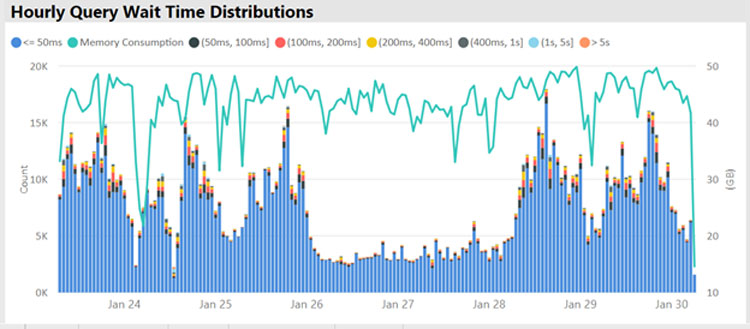
Power BI Premium Gen2 kicks in auto scale upon resource overload. Source
Applications
If more users are report consumers, as in large organizations, you can get the Premium license at the onset. But, you might need to purchase Pro licenses for external content consumers, like clients who don’t have access to your organization’s Premium account.
Limitations
- Doesn’t allow report authoring.
- You need to purchase Pro licenses for individual report creators.
Pricing
Premium costs $4,995 per capacity/month — it’s billed monthly with an annual commitment.
With Premium Gen2, the vendor introduced autoscale, an optional capability that automatically adds a virtual core every 24 hours to reduce task overload. Your Azure subscription will reflect the additional charges depending on the number of cores you use.
Premium Per User (PPU) License
A Premium per user (PPU) license offers a refresh rate of 48/day, paginated reports and AI capabilities, including AutoML, Impact Analysis and Cognitive Services. Other capabilities include XMLA endpoint connectivity, deployment pipelines, incremental refresh and advanced dataflow features.
PPU doesn’t offer multi-geo support, unlimited distribution, and Power BI reports on-premises. It supports BYOK only when it’s enabled across the tenant.
Limitations
- Doesn’t allow sharing content with free users.
- Doesn’t support on-premises reporting.
- Reports migrated from PPU environments to non-PPU environments only open if you refresh the datasets at least once.
A PPU license costs $20 per user per month with access to advanced AI, self-service data preparation, and simplified data management at scale. It’s included with Office 365 Enterprise E5 at an additional price and is available for self-service purchase and in the Microsoft 365 admin center.
Compare Power BI Against BI Software Leaders
Next Steps
Consider your users’ roles vis-a-vis your organization’s size when opting for a paid Power BI license. If most of them are content creators, which is common in smaller setups, Pro might be the way to go. Larger organizations with more consumers might find the Premium version more suitable, though they’ll still need Pro licenses for content authors.
Still unsure of how to proceed? Reach out to our experts for guidance and recommendations.
How has Power BI worked out for you? Which other alternatives come close? Let us know in the comments.

